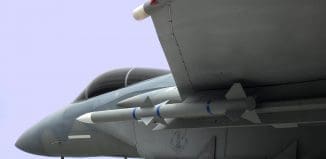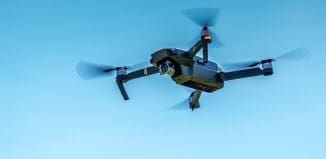Israeli companies to offer sense and avoid systems for UAS
This post is also available in:  עברית (Hebrew)
עברית (Hebrew)
 The Navy has halted work on what seemed to have been the Pentagon’s most promising system to help drones sense and avoid other aircraft.
The Navy has halted work on what seemed to have been the Pentagon’s most promising system to help drones sense and avoid other aircraft.
According to Breaking Defense the system, built by ITT Exelis, is “behind schedule” and the Navy has “made a decision to pause on the capability right now.” Navy Capt. Jim Hoke, program manager for the Triton drone built by Northrop Grumman recently said “We just need to take a hard look,” adding that the Navy might seek new bids for the system. ”All options are on the table as we look forward.” The Exelis system was to be installed on the Triton but could — conceptually — have been used by a wide range of drones.
Building a sense and avoid system is crucial to not only the future of Triton — a version of Northrop’s Global Hawk drone — but to the entire unmanned air systems (UAS) industry. Without a sense and avoid capability, UASs or Remotely Piloted Aircraft or whatever you want to call them, face an enormous obstacle. Civil aviation authorities will not allow them to fly in airspace frequented by civilian aircraft until systems are in place. Until that can be addressed, the market for drones will remain strictly limited to the military.
Israeli UAS manufacturers have been working on sense and avoid systems for some years and now may offer some to the U.S. and other markets.






























